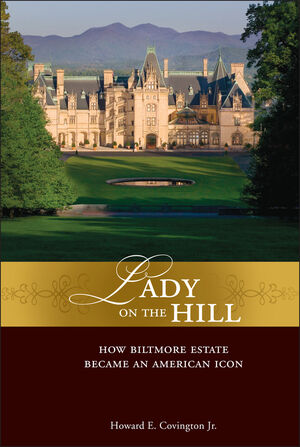Lady on the Hill: How Biltmore Estate Became an American IconISBN: 978-0-471-75818-1
Hardcover
352 pages
March 2006
 |
||||||
Set amid thousands of lushly landscaped acres in the North Carolina mountains, the Biltmore estate is a 250-room Gilded Age mansion stuffed to the rafters with objets d'art. Writing a very authorized business history rather than an architectural appreciation, journalist Covington celebrates the estate's transformation from quasifeudal folly to lucrative tourist mecca. Built in 1895 by George Vanderbilt, who played lord of the manor to hundreds of tenant farmers and servants, the estate passed in the 1960s to his grandson William Cecil, whose tight-fisted budgets, canny marketing initiatives and rapt attention to customer service turned it into a profitable museum of robber-baron privilege, selling more tickets than Colonial Williamsburg. The author's sycophantic account of this not unduly exciting saga is mainly a tribute to Cecil, who wrote the afterword. Covington defends the Biltmore owner's model of private, for-profit historical preservation against charges of commercialism leveled by nonprofit preservationists, repeats his complaints about inheritance taxes, extols his entrepreneurial daring, salutes his Biltmore restoration projects ("surpassed what many had seen anywhere") and raves about "customer satisfaction reports... comparable to those enjoyed by a five-star resort." This anodyne hospitality-industry success story will find a place in the Biltmore gift shop, but probably nowhere else. (Mar.) (Publishers Weekly, January 2, 2006)



